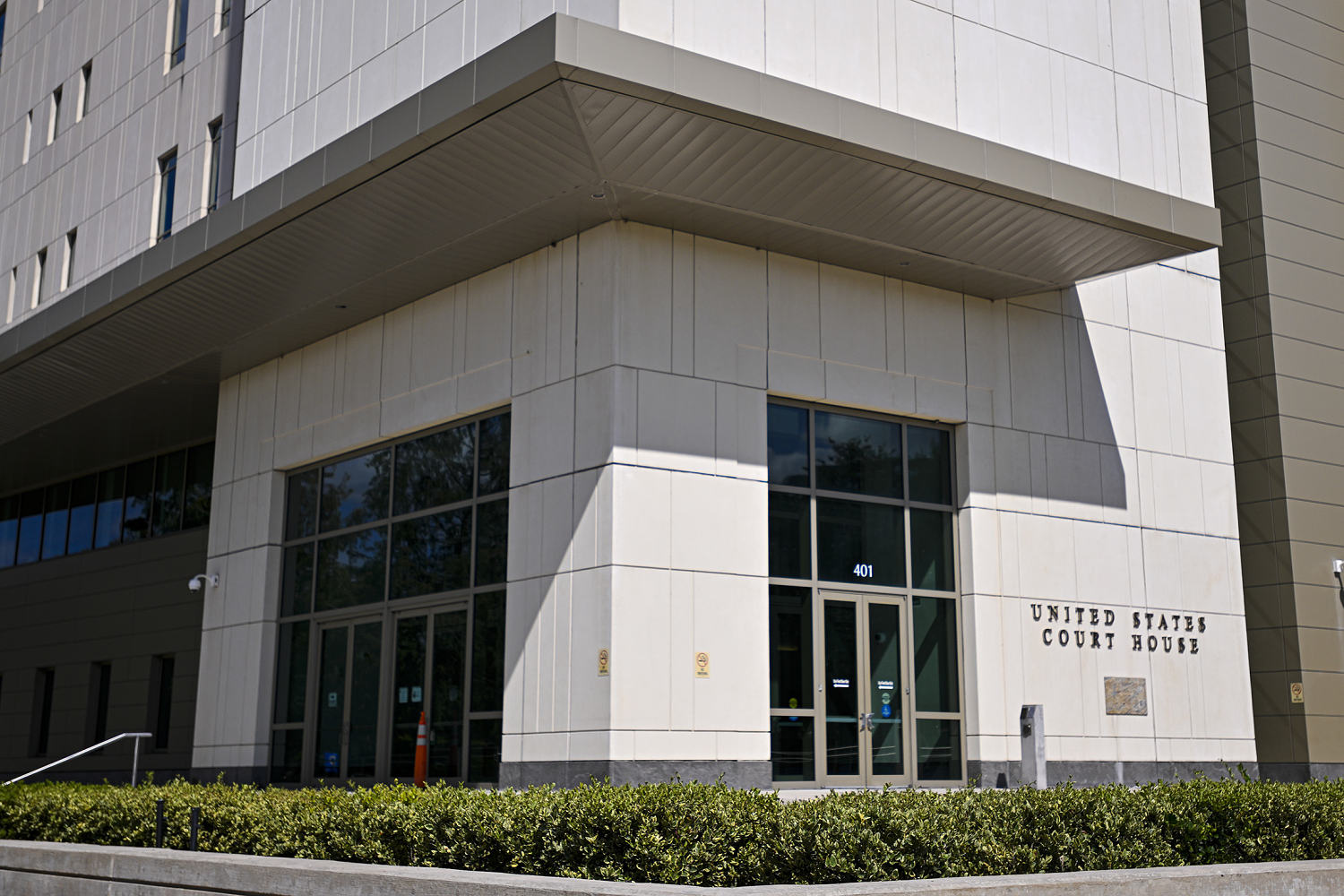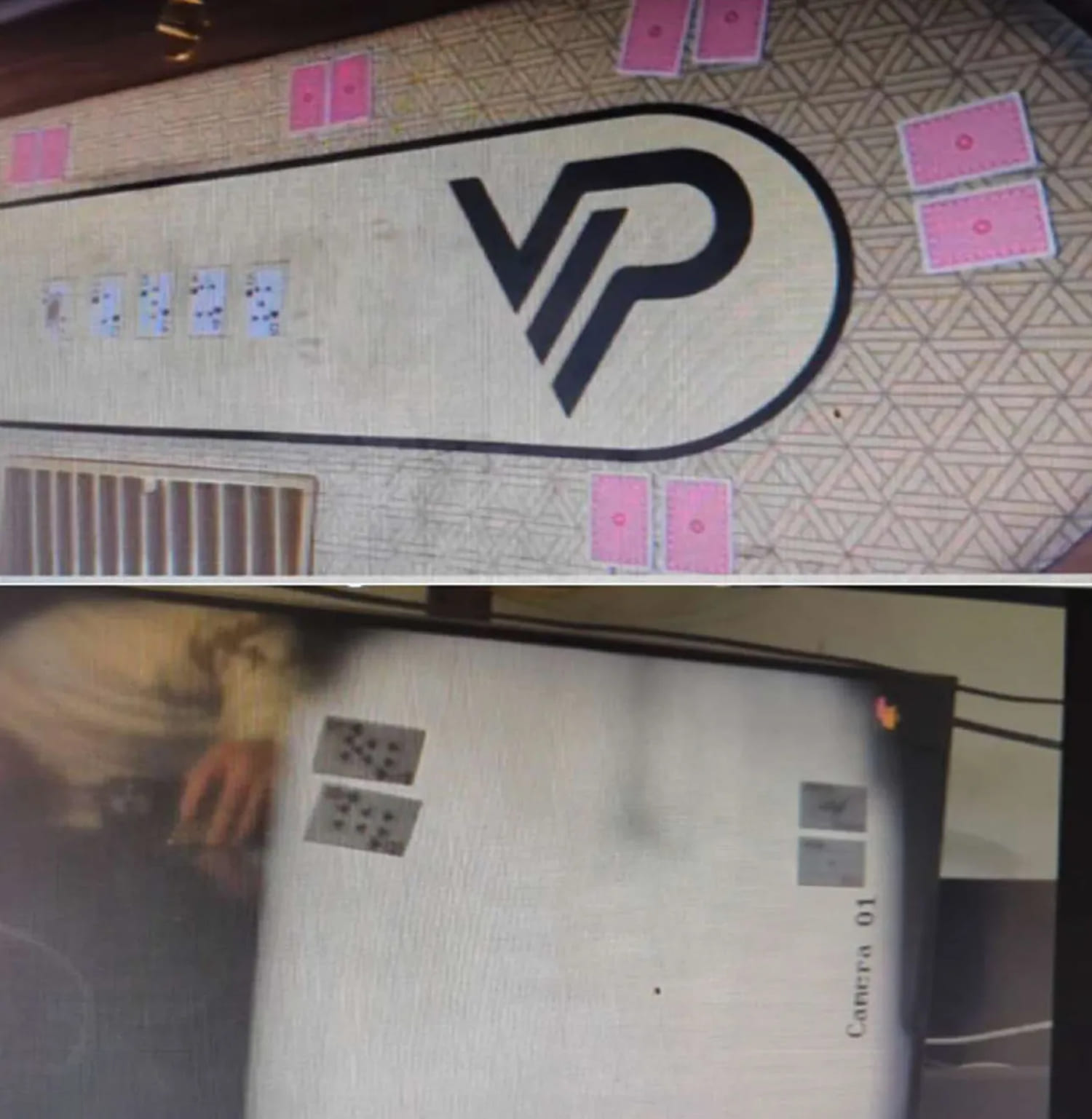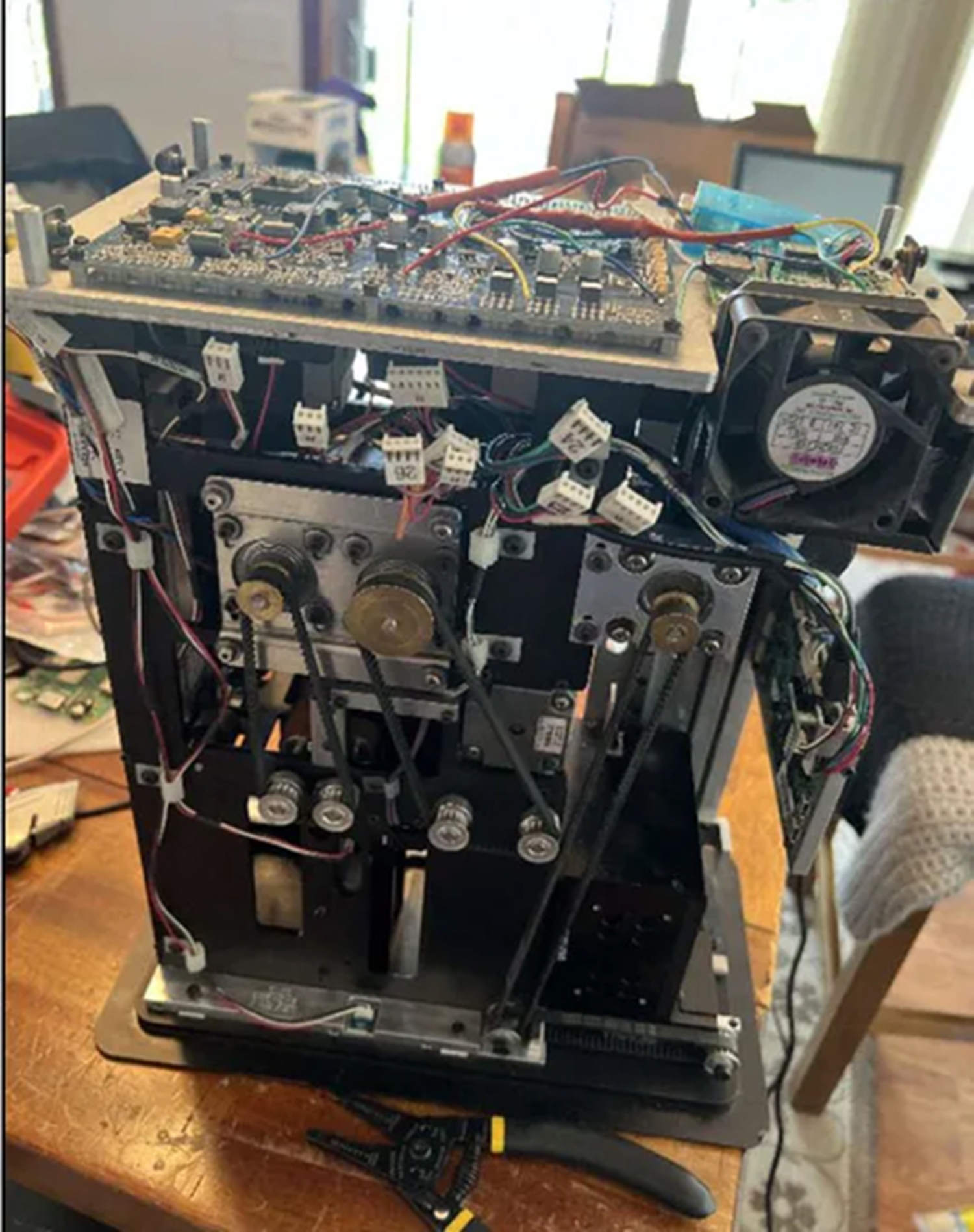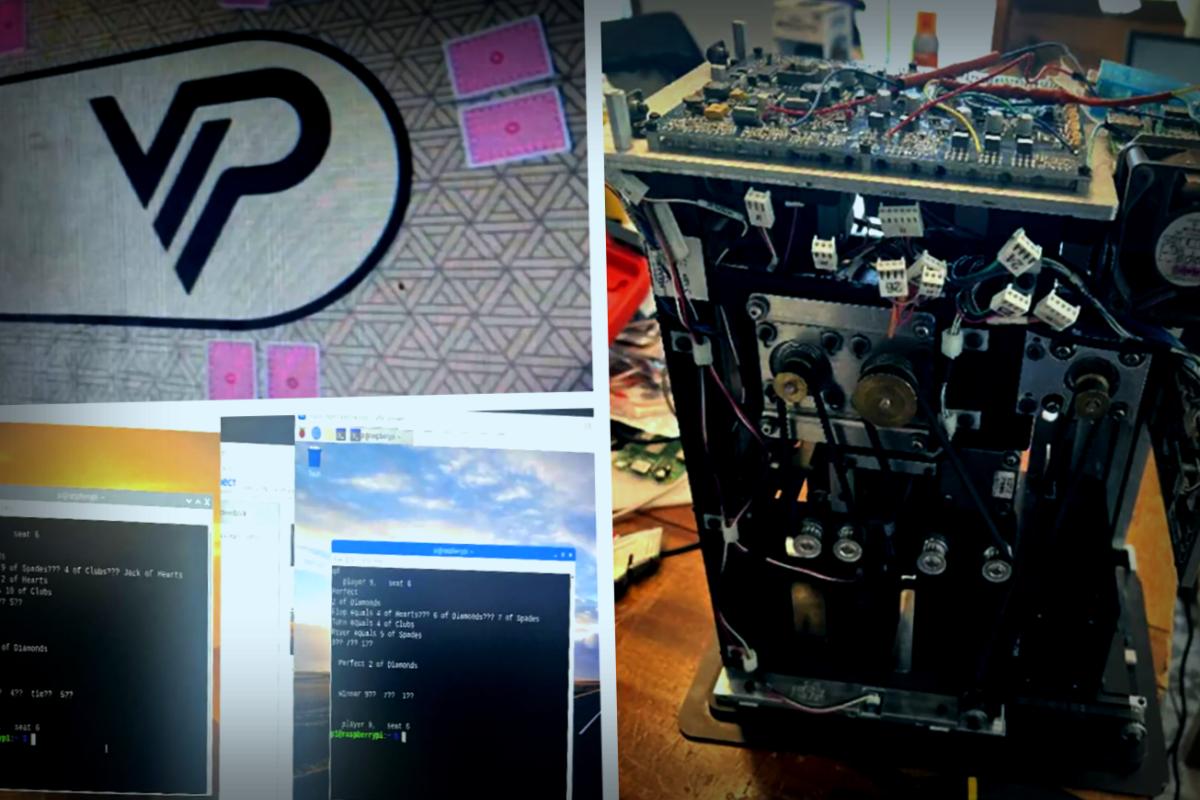
Imagine a world where poker isn’t merely a game of chance but a high-tech heist. Think card-reading contact lenses, x-ray poker tables, and advanced card shuffling machines that can actually predict outcomes. Yes, it sounds like a plot from a movie, but this is exactly what authorities allege was used to perpetuate a massive multi-state gambling operation that raked in millions.
This underground scheme, which allegedly unfolded over five years, has finally come to light following a sprawling indictment revealed by the U.S. attorney for the Eastern District of New York. Among those charged are Chauncey Billups, Portland Trail Blazers’ head coach, and former NBA player Damon Jones, along with several Mafia members and a long list of co-defendants.
According to U.S. Attorney Joseph Nocella from Brooklyn, the unsuspecting victims found themselves at the mercy of sophisticated cheating technologies, such as crafty shuffling machines and specialized eyewear to read the backs of cards, making it almost a guarantee they would lose significant amounts of money.
Cheating in poker is nothing new, but the techniques have sure evolved. These days, wearable tech and nano-cameras are raising alarms even among honest players, making the poker world a bit more tense. Even players who play by the rules are starting to feel the pressure of these advancements.
High-Tech Tools of Deception
Nocella stated that those charged used special contact lenses or eyeglasses capable of reading marked cards, further unraveling the intricate web of deceit. He shared a photo of an x-ray poker table, highlighting its unique capability to reveal the identity of cards placed face down.

Furthermore, they employed poker chip trays equipped with secret cameras to tap into the game’s deceitful undertakings. While the practice of marking cards for better visibility might seem dated, the new radio-frequency and infrared tech have kicked things up a notch.
Gaming security expert Sal Piacente noted that many of the gadgets involved in this alleged scheme are not overly expensive to fabricate. However, when cost invoices include middlemen and distributors, the industrial shuffling and gaming tables can soar closer to $100,000.
There’s clearly potential for lucrative profit by dealing with this kind of technology, stated Piacente.
Explaining the reasons behind the effectiveness of this operation to NBC News, experts stated that the deceit could run rampant mainly due to the underground setting, devoid of any surveillance mechanisms commonly deployed by legitimate casinos.
In a typical regulated gaming environment, the red flags that made this scheme thrive would have raised immediate alarms, according to Ian Messenger, a consultant and ex-law enforcement officer from the UK who has authored a book on casino security.
Deckmate Machines Dishing Out VIP Spoils
Among the tech highlights in this elaborate con was the artistic reprogramming of the high-end card shufflers, d Deckmate—deemed instrumental by state officials in the alleged rigging.

Deckmate shufflers aren’t typically available for retail purchase; they are only sold to casinos. These units used in the high-stakes games outlined in the indictments had the ability to read cards and accurately forecast which player was most likely to win. Importantly, the manufacturer, Light & Wonder, has not been implicated in the allegations.
A spokesperson from Light & Wonder mentioned they’re aware of the surrounding legal news but have confirmed that they hold no connections to those indicted. We offer our automated shufflers and supplementary game products solely to licensed casinos and gaming venues, noted Andy Fouché, their communication lead. The company will fully cooperate with any related investigations.
Reacting to developments, it’s worth noting that the possibility to reprogram shufflers isn’t as novel as it seems. Earlier this year at Black Hat in Las Vegas, hackers shared a method to bypass Deckmate shufflers for anthological mischief.
The Low-Tech Link
Prosecutors indicated that these rigged machines would pass information about players’ hands to a distant operator.

The operator acted as a middleman by relaying details back to the poker table, especially to a player designated as the quarterback, while victims were often referred to as the fish.
This scenario spotlights the intersection between cutting-edge tech and the time-honored tradition of card games. The ‘quarterback’ person might touch a certain poker chip or gesture in a certain way to denote which player had the upper hand.
Text messages uncovered by the prosecution demonstrated the accused’ worry that the fish might leave after consecutive losses. Please let’s let him secure a spot, he has 40k in 40 minutes, and he’ll probably drop out if things don’t turn around for him, cautioned one such message.
Ultimately, Messenger highlighted that it was not merely the gadgetry that ensured this operation saw success for such an extended timeline; accurate and timely communication was key.
Information had to flow seamlessly from the shuffling equipment to an off-site operator and back to the table without attracting the attention of the fish.
What truly justified this operation’s effectiveness was the level of coordination rather than the tech alone, he concluded.
This piece was first published on NBCNews.com.


















